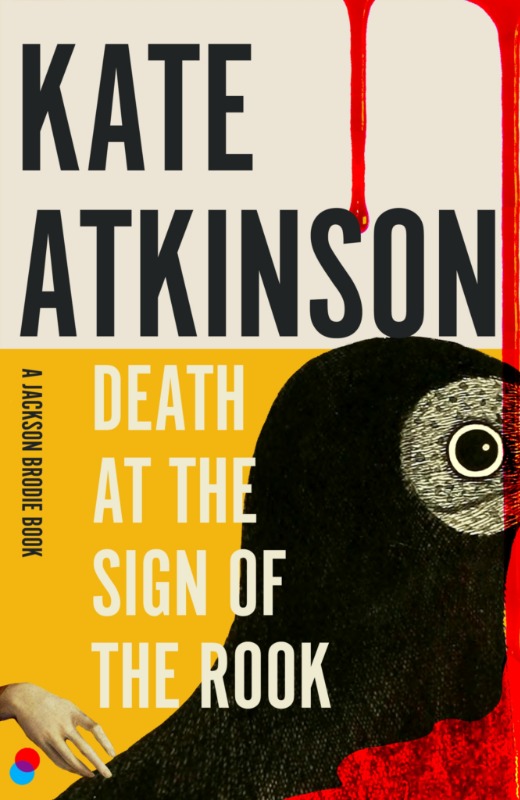

Artis-Ann , Features Writer
Make Your Peace: Death At The Sign Of The Rook By Kate Atkinson

Death at the Sign of the Rook is the latest one featuring Jackson Brodie, an ex-policeman turned private investigator. It begins when he is called to the house of the recently departed Dorothy Padgett. While clearing out her house, her son and daughter, twins Ian and Hazel, have discovered a valuable painting is missing from the wall. They suspect their mother’s live-in carer and nurse, Melanie Hope, who left one day and hasn’t been seen since; Brodie is charged with the task of finding both the painting and the girl.
Just as he sets off ‘pursuing several lines of enquiry’, the narrative jumps to Burton Makepeace House, ‘second only to Chatsworth in the north’, the family home of Dowager Lady Milton, a delightful elderly woman who shares her thoughts with the reader which is a good job since most of them shouldn’t be uttered out loud – definitely shades of an acerbic and mischievous Maggie Smith in Downton Abbey! While she muses on the actions of her offspring and the dire financial state of the family, the link between the two narrative threads is revealed; it seems a painting has also mysteriously disappeared from Burton Makepeace, along with Sophie Greenway, Lady Milton’s companion – whose thoughtfulness and kindness had made her infinitely more likeable than the Milton offspring. In this case, the local constabulary has been alerted.
The tone of the novel shifts with the arrival of the Red Herring Theatre Company, a band of actors hired to perform a murder mystery for the paying guests in Rook Hall, a part of Burton Makepeace, which the young Lord Milton hopes will add something to the dwindling family coffers. If you can remember the old Brian Rix farces or more recently The Play that Goes Wrong, you’ll get the drift – and the humour - even with the addition of the caricature of an escaped prisoner, who really is ‘armed and extremely dangerous’.
Atkinson’s characterisation is detailed, witty and insightful. Within the pages we meet the Milton family: Lady Honoria Milton who is wickedly entertaining and her offspring, Piers, Cosmo and (to be fair, the absent) Arabella, who are not the nicest or closest of siblings. We meet their staff, agency and otherwise, (who Lady Milton still insists on calling ‘the servants’). Ian and Hazel Padgett make an entertaining, if not exactly delightful, pairing. We are also introduced to the villagers including the local vicar, Simon Cate, a non-believer until he was ‘touched by the Holy Ghost’ and who has ironically lost his voice – not helpful when you are trying to telephone for the police. And Ben, or Major Benedict Jennings, an army veteran whose body (and mind) bear the scars of active service. His sister, Fran, a vet, with whom Ben lives on the Makepeace estate, is a gentle, caring sort, desperate to help her damaged brother. Derek Truitt, Bob Gordon and Alice Smithson all have walk-on parts which help to fill the stage. Brodie himself is still a bit of a brooder, unable to find a life partner and still reveling in memories of times gone by although, now a grandfather, he is more content than in previous novels. As a policeman, he wasn’t always ‘swimming in crystal clear waters’, but he’s a good sort, dependable and determined. He and DC Reggie Chase renew their partnership when they find themselves searching for different paintings but wonder if they might actually be looking for the same person. It’s a useful pairing when the P.I. needs real police help. The novel definitely benefits from this diverse cast of characters - much of the humour emanates from them.
Atkinson comes from York and her references to the locality around North Yorkshire are appealing; Skipton, York, Ilkley and Otley all get a mention and obviously Betty’s, a must for any visitor to the area.